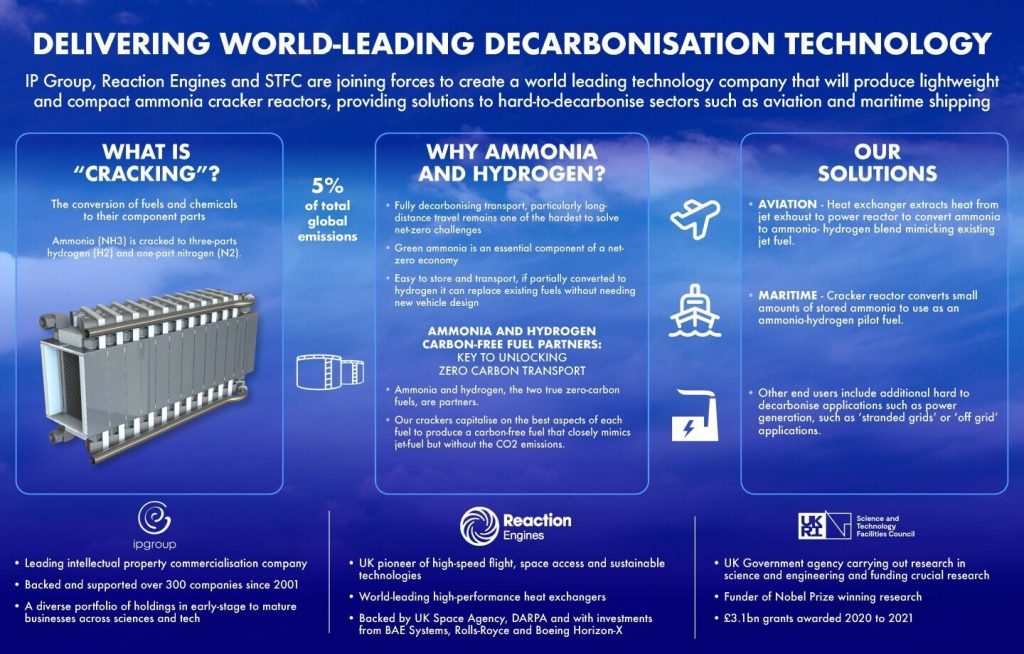Technological innovations have no end and every day we hear the news blazing the trail. The airline industry is being advanced regularly and more alternatives to jet fuel are coming. Research has shown that Ammonia can be the next great hope for carbon-neutral aircraft flight. Ammonia has emerged as a new contender in the race to find a carbon-free aircraft fuel. On November 5, a group led by Reaction Engines in the United Kingdom announced intentions to build a propulsion system based on lightweight and compact catalytic cracker reactors that produce hydrogen, which can subsequently be consumed directly in turbine engines.
Ammonia is far easier and less expensive to transport and store than hydrogen, despite the fact that it can only carry around 20% of hydrogen’s energy. On the other hand, according to the analysis, it can contain around 70% more energy in volume than liquid H2. When it comes to innovative aircraft technologies, the issue of weight usually rules out ammonia. It has lower specific energy than jet fuel and hence appears to be less enticing than hydrogen.
Reaction Engines, a British company, has teamed up with IP Group and the Science and Technology Facilities Council (STFC), which is funded by the British government, to prepare for this potential industrial shift. Reaction’s heat exchanger technology will be used in the Synergetic Air-Breathing Rocket Engine (SABRE), which is developed for space travel and hypersonic capabilities. The SABRE will be integrated with the STFC’s ammonia catalyst experience.

What are the drawbacks?
Is ammonia, which consumes a lot of energy, the greatest option? Reaction and others argue that we need more seed ideas, not fewer, and the plan’s ability to heat the ammonia blend to cracking without adding extra energy does provide it an advantage.
One potential drawback of this idea is that Acid rain can be caused by ammonia-based combustion. Even though this new engine’s combustion gases will be nitrogen and water, burning ammonia and hydrogen produces nitrous oxides (NOx emissions). Although carbon emissions are linked to climate, NOx emissions can harm people, animals, and even entire ecosystems, resulting in smoggy air and acid rain.


